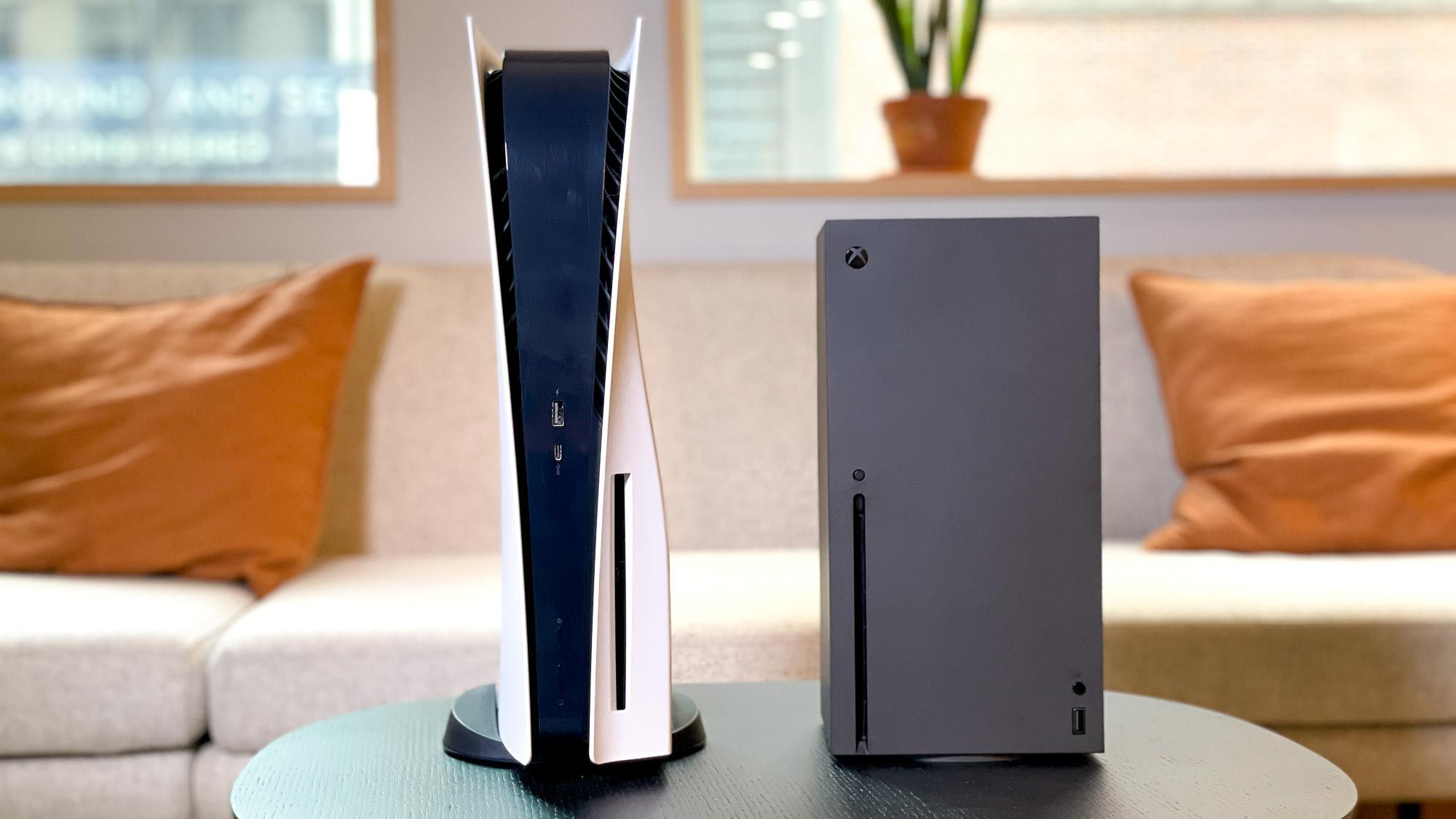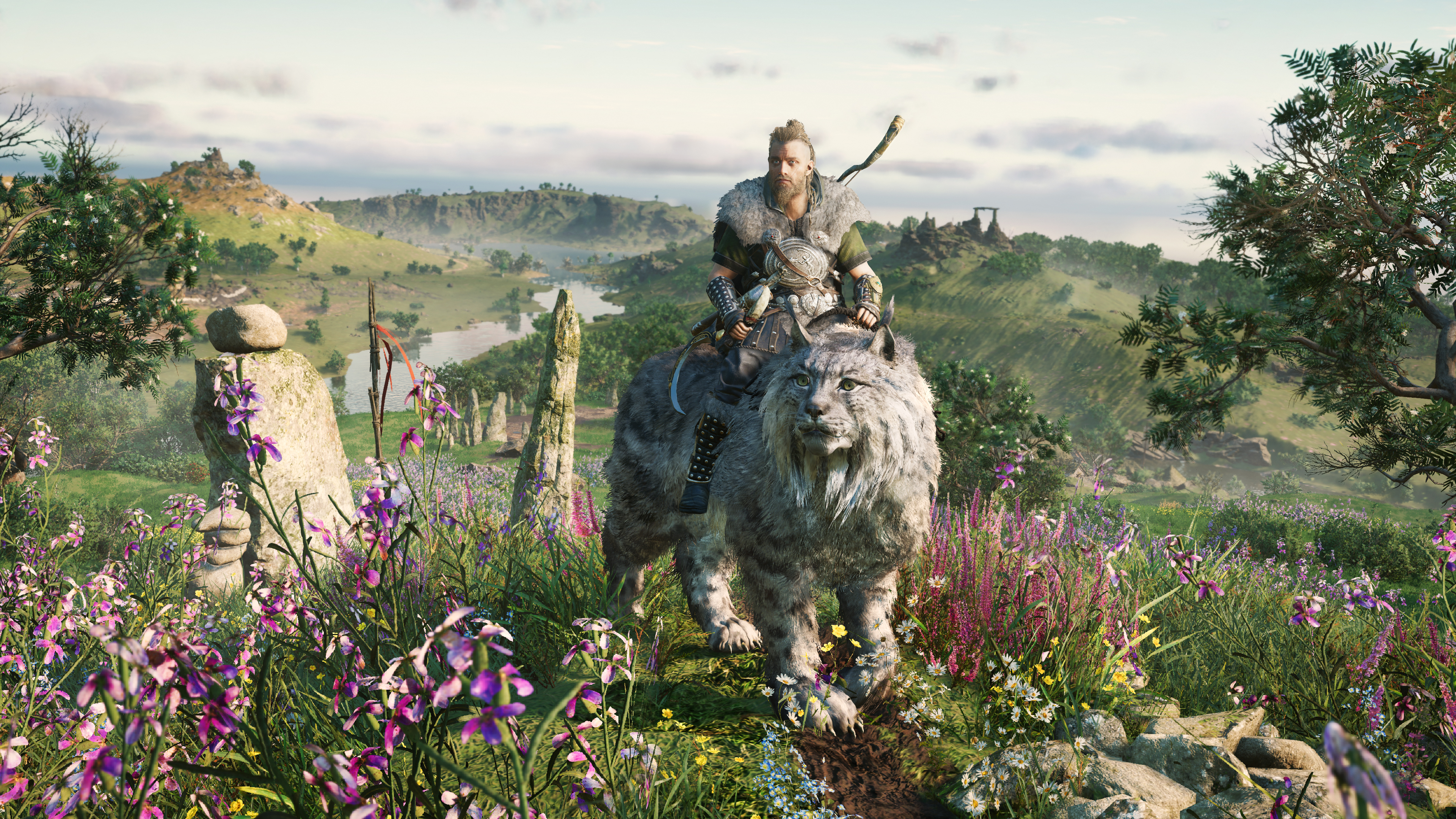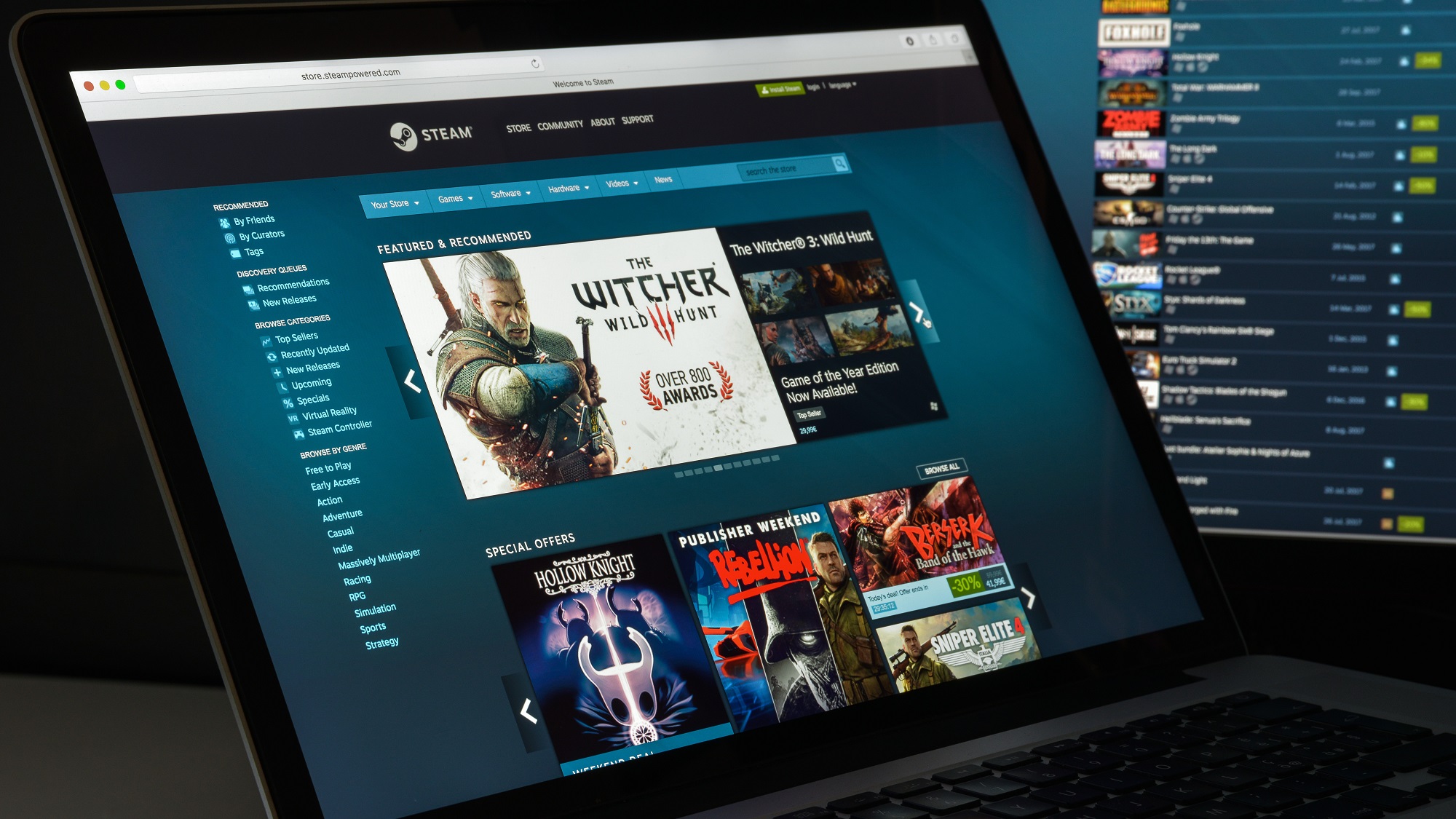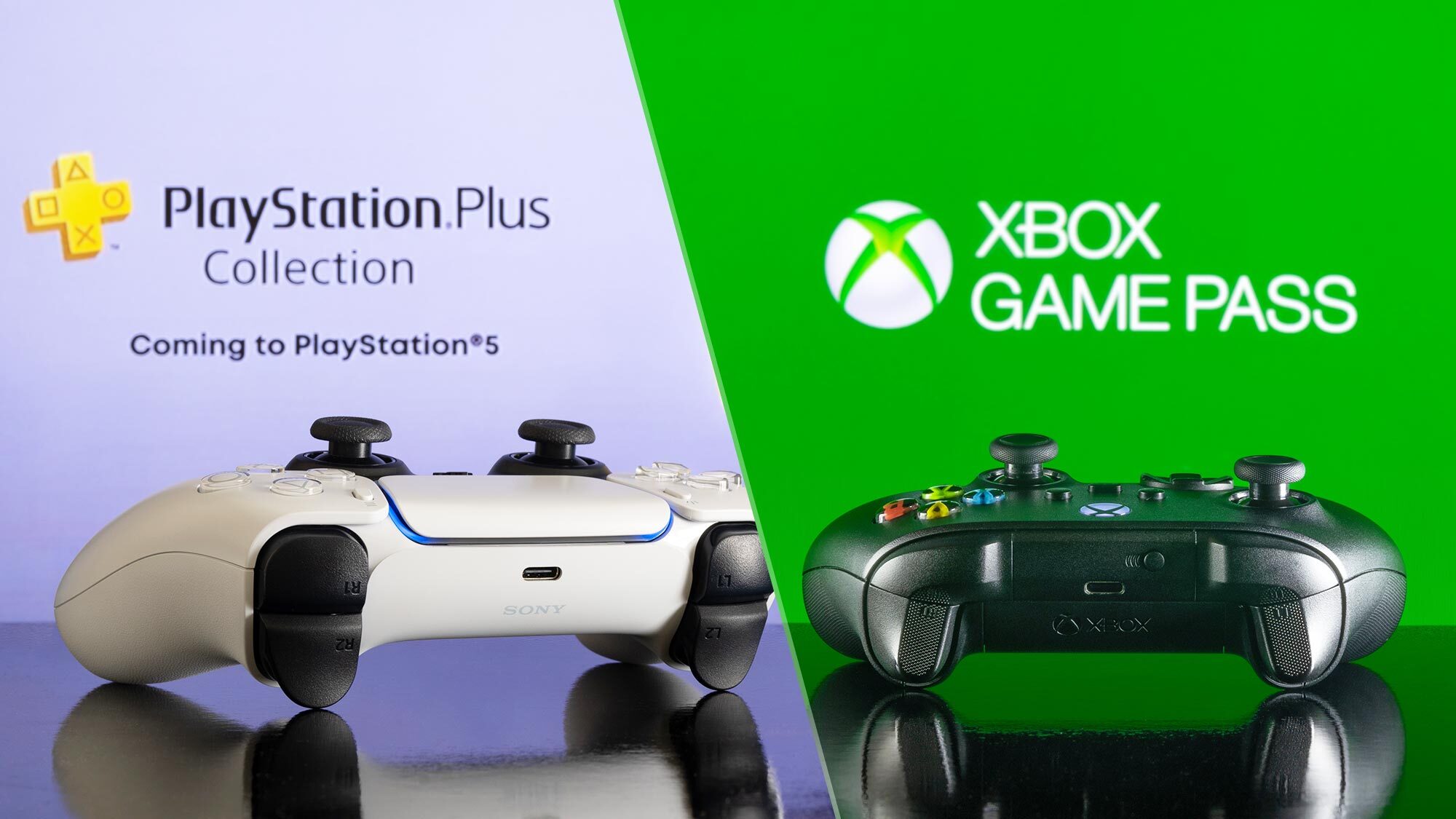How to never pay full price for video games again
You can save money on video games with a little patience and cunning

I’ve been reviewing video games for 11 years, and I’ve developed a system for saving money on video games, founded on two simple principles:
1. Don’t buy games on day one
2. Monitor games for sales
That’s it. There’s no special trick to it; it’s simply a matter of being patient and checking your e-mail every once in a while. The first point requires discipline; the second just requires a little bit of setup.
While there’s something to be said for buying new releases as soon as they come out, it’s also not strictly necessary. Single-player titles will be the same in a few months as they are now; multiplayer titles tend to go through “seasons” of content that give new players a fair chance to make a name for themselves.
Whether you’re looking for video games on the best PS5 games, the best Xbox Series X games, the best Nintendo Switch games or the best PC games, here’s how you can save some money without finding yourself game-less in the process.
The waiting game

A wise man once said that “waiting is the hardest part.” For the purposes of this article, that’s true. It’s no big secret that video games, like most other consumer electronics, decrease in price after a while. There’s no specific timeline for each game, and quality and popularity seem to factor in much. Assassin’s Creed Valhalla, for example, went on sale before it came out, and that game sold millions of copies and reviewed extremely well.
Get instant access to breaking news, the hottest reviews, great deals and helpful tips.
Generally speaking, however, you can expect a game to go on a slight sale a few months after it comes out, and get a more permanent price drop after a year or so. How long you want to wait depends entirely on how much you want to spend. For example, the excellent Ratchet & Clank: Rift Apart debuted last year at $70. It’s currently $50 on Amazon. That’s almost a 30% drop, but $50 is still a pretty good chunk of change. “How much is a game worth” is a separate conversation, though, and readers will have to decide that for themselves.
Generally speaking, if you’re not going to pick up a game on launch day, then you have a huge resource on your side: critical reviews. By reading reviews (including those on Tom’s Guide, of course), you can determine whether a game sounds worthwhile, and how much you’d be willing to spend. Once you have a general number in mind, then it’s time to check out some price tracking websites.
The Internet has some incredible resources for tracking video game prices, and if you’re looking for a sale, you should absolutely do some research before you pull the trigger. Consider the Ratchet & Clank example again. If you saw the game on sale for $60, you might think that a $10 discount sounds pretty solid. But a price-tracking website would allow you to see that it’s previously sold for as low as $50. If a game got a steep discount in the past, there’s a good chance it’ll get that steep discount again.
Here are price tracking websites for different retailers. This is not an exhaustive list:
- CamelCamelCamel: Tracks prices on Amazon
- PSPrices: Tracks prices on the PlayStation Store
- XBDeals: Tracks prices on the Microsoft Store
- Deku Deals: Tracks prices on the Nintendo eShop
- SteamDB: Tracks prices on Steam
Many of these sites offer e-mail alerts when game prices drop. And since digital video games don’t have the same scarcity problems as physical consoles, you don’t need to monitor your e-mail 24/7. Most sales last for a few days, so you’ll have plenty of time to buy your game — or hold out for a bigger discount.
However, there’s a more direct way to track game prices. To start, all you have to do is make a list of games that you want.
Wishlists and notifications

You’ll be pleased to know that saving money on games begins with a fun exercise. First, make a list of all the games you want to play in the near future. These can be upcoming games, classic games — anything. If there’s a good chance you’ll actually play the game within the next year or so, put it on a list, and determine what platform you want to play it on, if applicable.
(I would recommend capping this list around 10 or 15 games. If you buy a ton of cheap games, it’s not monetarily all that different from buying a few full-priced games.)
Now, all you have to do is go to your platform of choice and add it to a wishlist. This process varies slightly depending on your platform.
On PS4 and PS5, you’ll go through the PlayStation Store. Search for the game you want, then look for a heart icon next to the “Add to cart” option. You can view your wishlist at any time by clicking on the heart icon next to your profile icon. On your wishlist, you’ll also be able to adjust “push notifications for Wishlist Updates” options. Now, the PSN Store will notify you whenever one of your desired games goes on sale.
On Xbox One, Xbox Series X and Xbox Series S, search for the game you want in the Microsoft Store, then click on the heart icon near the game’s price. This will add the game to your wishlist, which you can view under “Lists” and “Wish list” in the Microsoft Store’s main menu. The console will notify you whenever one of your wish list games goes on sale.
On Nintendo Switch, open the eShop, then search for the game you want. Click the heart icon near the price, which will add the title to your wishlist. You can view your wishlist from the eShop’s main menu. Receiving notifications seems to be a bit trickier, though. It seems that Nintendo will send you wishlist updates only if you agree to accept promotional e-mails (This is under the “Other settings” menu in your profile.)
On PC, getting wishlist notifications depends on how you buy games. For argument’s sake, let’s go with Steam, but the process is pretty similar on other platforms. Open Steam, then search for the game you want. Click “Add to your wishlist” underneath the screenshots panel, then click “Wishlist” just under your profile picture. To receive an e-mail about discounts, go to your profile, then Account details, Contact info and Manage e-mail preferences. “Send me an e-mail when a discount is applied to an item on my wishlist” is one option that you can toggle. (You can also check our list of the best Steam games.)
A word on subscription services

It's worth taking a moment to address game subscription services, such as Xbox Game Pass and the soon-to-be-revamped PlayStation Plus. From one perspective, you can, indeed, save a lot of money with these services. Xbox Game Pass, for example, has more than 400 games, and costs $15 per month. To buy all 400+ games à la carte would cost a whole lot more than that.
On the other hand, $15 per month indefinitely adds up over time. Subscribing for a single year costs $180, and the second you cancel your subscription, your gaming library essentially vanishes. A savvy deal-hunter could potentially get a year's worth of games for less money than that, and the games wouldn't have an expiration date. Still, subscriptions are worth considering if you prefer sampling dozens of titles over taking deep dives on a few. See also our thoughts on the best Xbox Game Pass games.
What to do in the meantime?
Granted, not buying games at full price has one huge downside: You can’t play exactly what you want, when you want. However, I’ve found that this can be beneficial, as it provides an excellent opportunity to work through my backlog. I’m sure every gamer has an ever-growing list of titles they’ll “get around to someday.” Well, if you can’t buy every new release as soon as it comes out, today is “someday.”
On the other hand, waiting for games to go on sale isn’t a moral statement; it’s just a financial choice. You don’t get any special reward for buying all your games at a discount, and you don’t lose anything (except money) by buying them at full price. As such, if there’s a game you’re desperate to play, my advice is to go ahead and buy it as soon as you can. The trick is determining which games you absolutely need right away, and which ones can wait a few months.

Marshall Honorof was a senior editor for Tom's Guide, overseeing the site's coverage of gaming hardware and software. He comes from a science writing background, having studied paleomammalogy, biological anthropology, and the history of science and technology. After hours, you can find him practicing taekwondo or doing deep dives on classic sci-fi.
